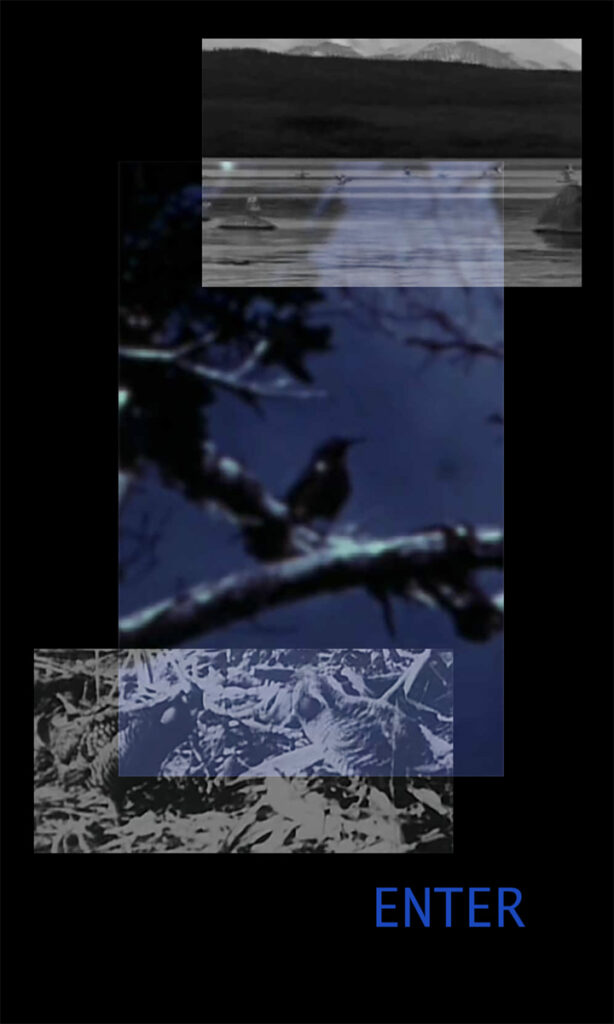Dr. Alinta Krauth. Juried Artist
Apps to Discover Meanjin
Artist Statement
What would a future look like where humans canmore simply and directlyunderstand the communication signals of other animals? What does it mean for societyfor culturefor religion? For our moral values? For our inbuilt biases regarding who is labelled conscious and thinkingand who isn’t? What would it mean for food production and animal agriculture? What would it mean for our philosophies and humanities? For misguided human-exceptionalism? Or would it change nothing at all? Would humans continue to inflict harm and oppression towards other species no matter what they might say? We are a species capable of great atrocitiesbut perhaps with a little nudge from the right technologieswe could reconsider our relations with other species. ‘AIwhat do I need you for when I have wings to fly?’ is four separate listening devices that have been developed using machine learning technologies. Accessible publicly via your smartphoneand requiring your microphone to listen in real timethe work will listen to specific vocalizations of either Australian MagpiesPied ButcherbirdsNoisy Minersand Grey-Headed Flying Foxesand interpret their vocalizations into written words and visual displays via your screen. Two of these species vocalise in ways that are known to science to have clear behavioural and situational contextsin other words‘meanings’. However this project also includes two much more experimental casestwo improvisational songbirds: the butcherbird and the magpie. This project uses experimental and innovative techniques in the development of audio recognition AI models for reimagining birdsong and vocalisationsand then uses techniques from combinatory and algorithmic poetry to present that data in a human language. Each model represents a long process of 1) research into the known and observable vocalization and behavioural habits of each species2) audio recording fieldwork3) choosing strong audio samples4) audio classification of vocalization samples into classes to develop unique data corpori for AI learning5) ‘teaching’ these classes to an AIand then importantly6) considering how to present the outcomes of this via a visual and textual display.
About the artists
Alinta Krauth is an Australian new media artist whose practices include interactive art and sounddigital literatureand digitally connected spaces. Over time she has worked in this capacity as a sole tradera teacherand in industry. Alinta’s drive toward creative practice comes from her personal connections to the environments she lives within. She is interested in climateextreme weatherhuman/wildlife coexistenceand sharing their importance through her work. She is keenly interested in how her work might contribute in spaces of post-environmental crisis. She is the Leonardo-ASU Imagination Fellow for 2023/24and has been recently shortlisted for the prestigious Ars Electronica S+T+ARTS Prize (2023) from the European Commission. Her works have been seen in spaces such as large screens in Times Square for ZAZ10st Gallery NYScience Gallery Detroit USAThe Glucksman Gallery IrelandHOTA AustraliaGallery 3.14 Norwayand Art Laboratory BerlinGermany.
Credits: Alinta Krauth

